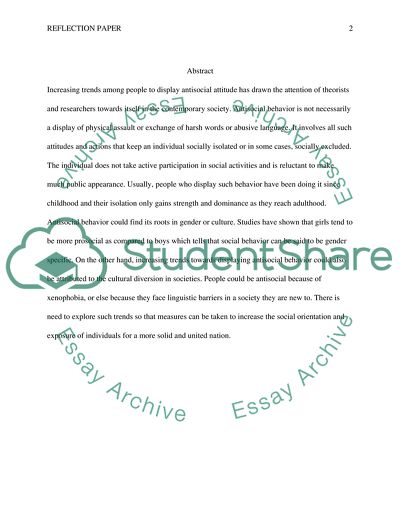Cite this document
(Behavior and its relation and influence to a person's culture and Lab Report Example | Topics and Well Written Essays - 1250 words, n.d.)
Behavior and its relation and influence to a person's culture and Lab Report Example | Topics and Well Written Essays - 1250 words. https://studentshare.org/gender-sexual-studies/1747088-behavior-and-its-relation-and-influence-to-a-persons-culture-and-gender
Behavior and its relation and influence to a person's culture and Lab Report Example | Topics and Well Written Essays - 1250 words. https://studentshare.org/gender-sexual-studies/1747088-behavior-and-its-relation-and-influence-to-a-persons-culture-and-gender
(Behavior and Its Relation and Influence to a person'S Culture and Lab Report Example | Topics and Well Written Essays - 1250 Words)
Behavior and Its Relation and Influence to a person'S Culture and Lab Report Example | Topics and Well Written Essays - 1250 Words. https://studentshare.org/gender-sexual-studies/1747088-behavior-and-its-relation-and-influence-to-a-persons-culture-and-gender.
Behavior and Its Relation and Influence to a person'S Culture and Lab Report Example | Topics and Well Written Essays - 1250 Words. https://studentshare.org/gender-sexual-studies/1747088-behavior-and-its-relation-and-influence-to-a-persons-culture-and-gender.
“Behavior and Its Relation and Influence to a person'S Culture and Lab Report Example | Topics and Well Written Essays - 1250 Words”. https://studentshare.org/gender-sexual-studies/1747088-behavior-and-its-relation-and-influence-to-a-persons-culture-and-gender.


